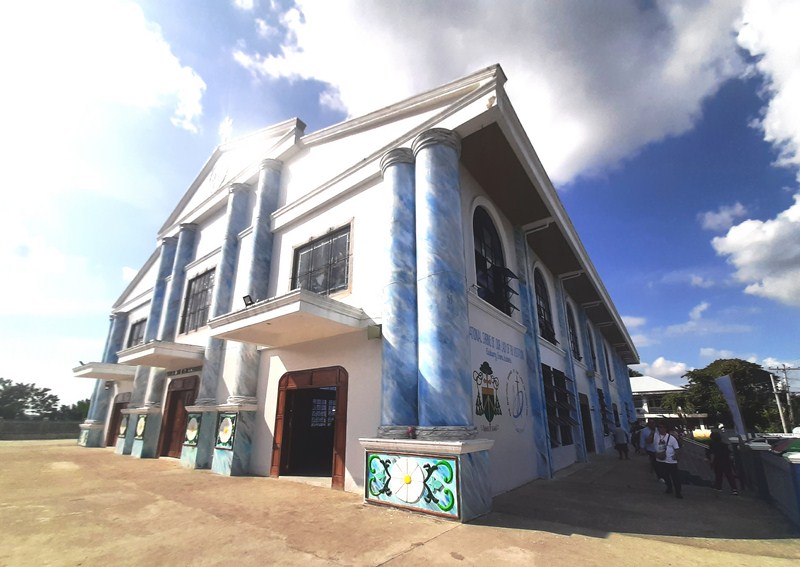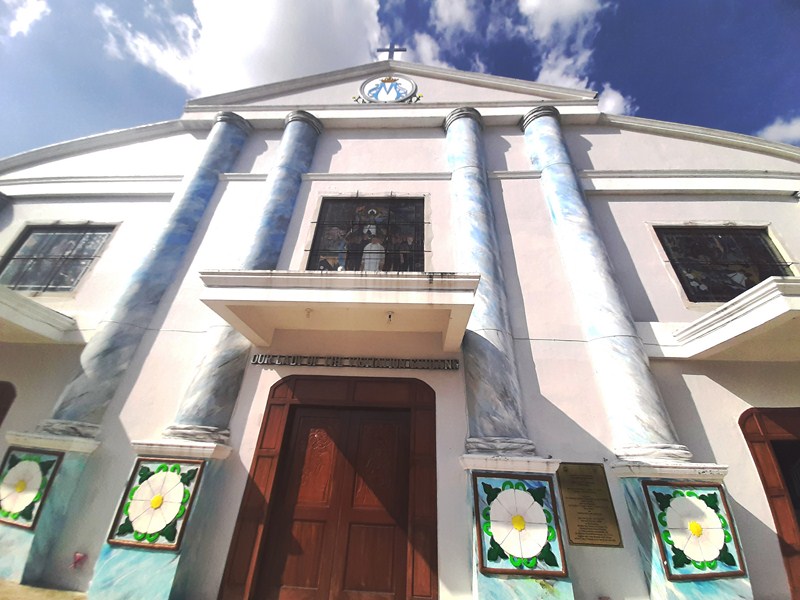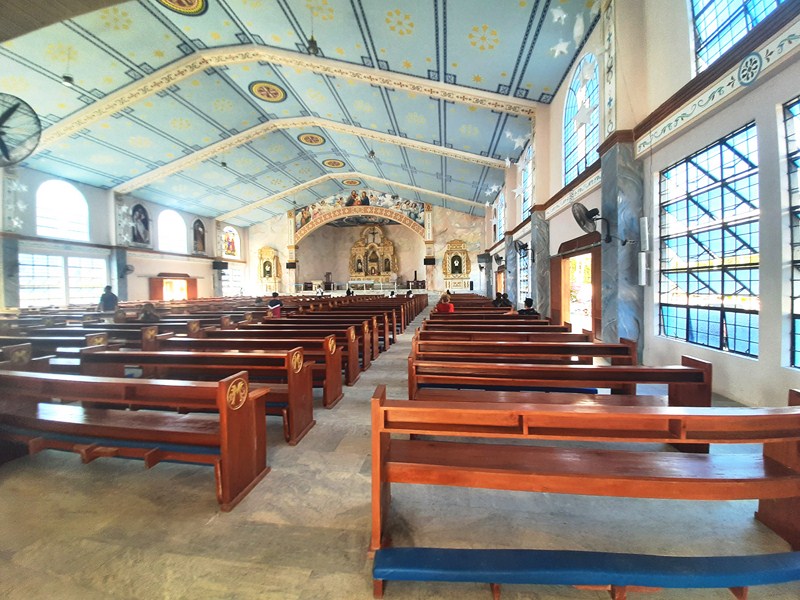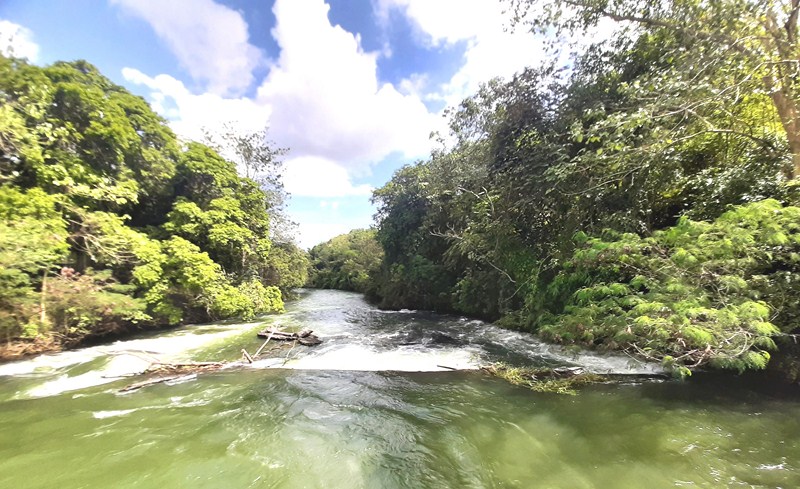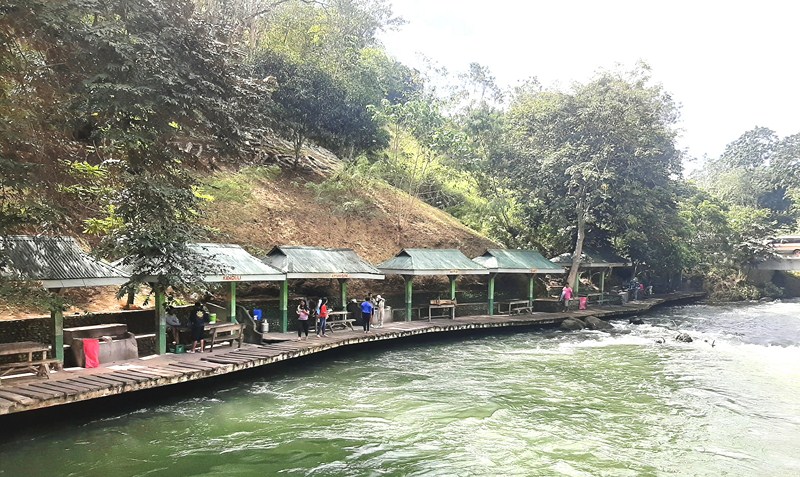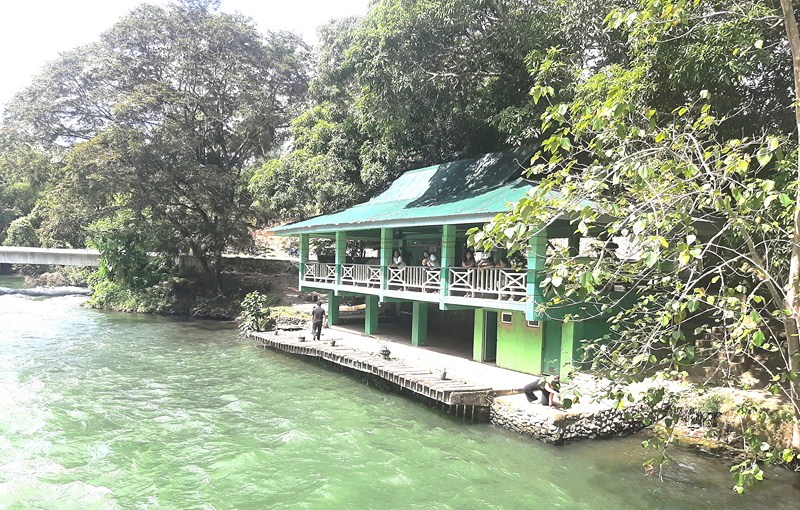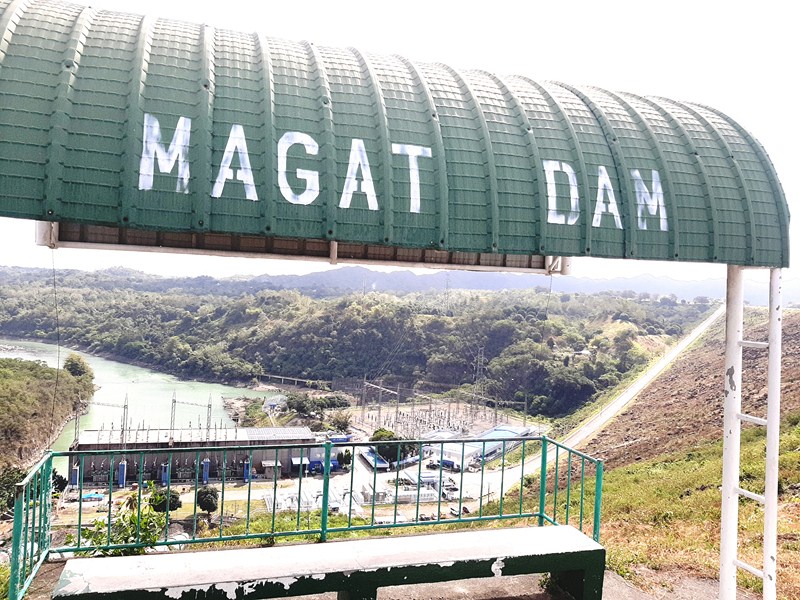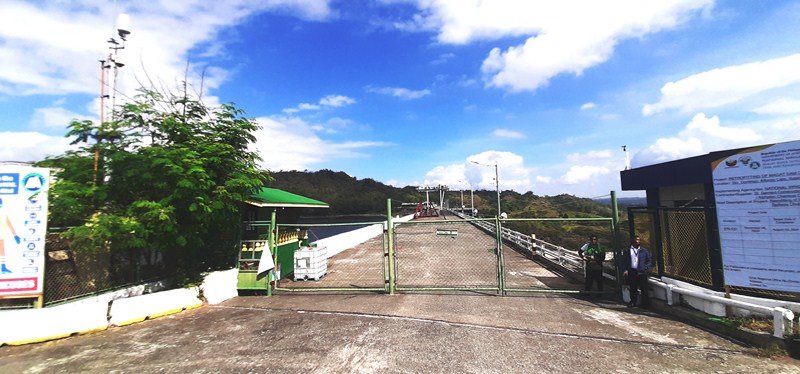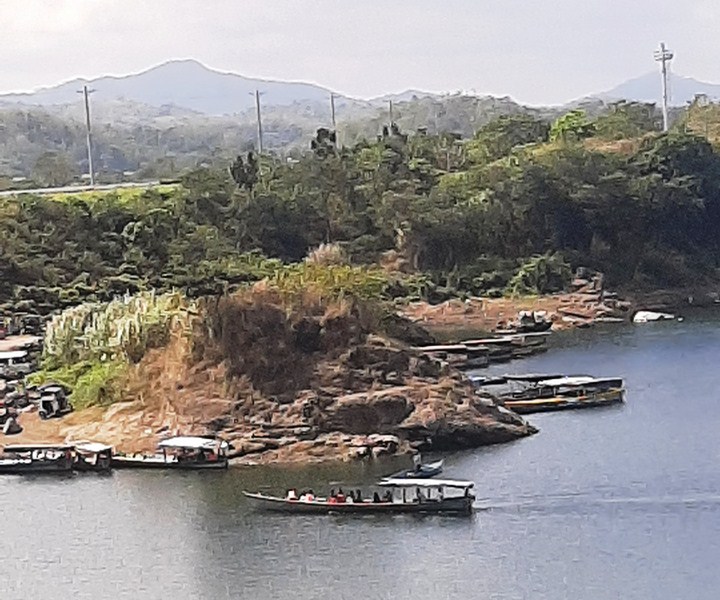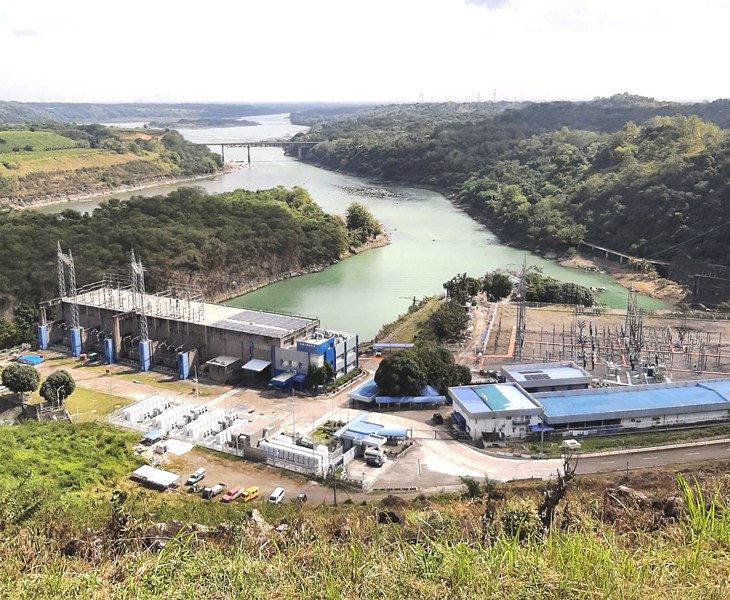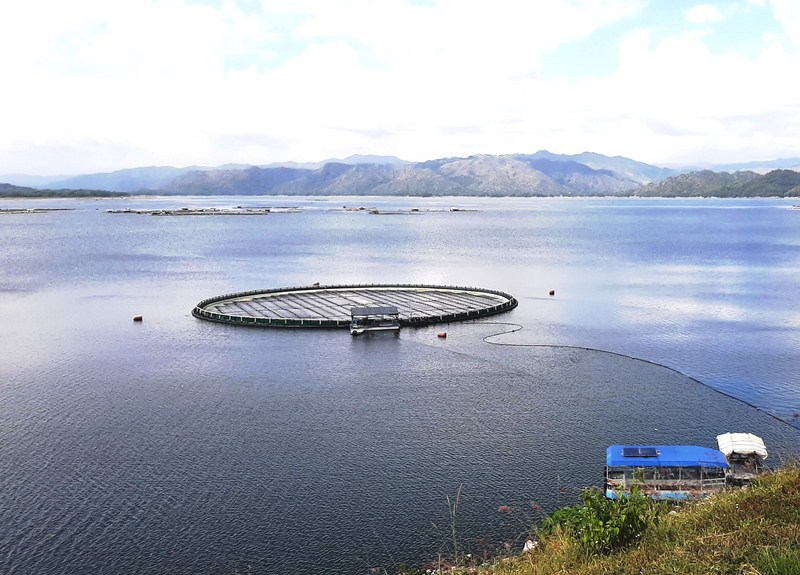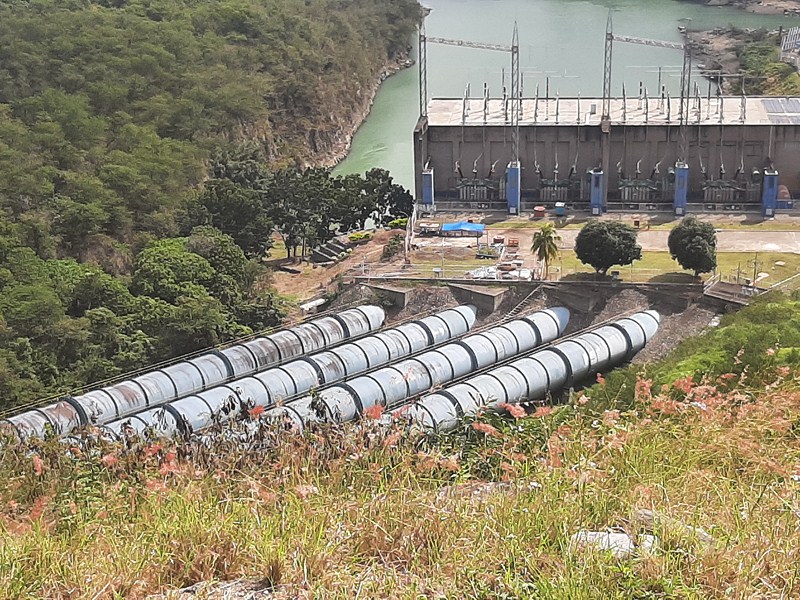This pilgrimage site, the Philippines’ eighth national shrine (declared as such on February 13, 1986), is the only national shrine in the northern Ecclesiastical Province of Tuguegarao, comprising the Tuguegarao archdiocese and the Diocese of Ilagan and Bayombong.
It is consecrated to the miraculous pilgrim image of Blessed Virgin Mary of Guibang which was episcopally crowned, by the Most Rev. Carmine Rocco, Papal Nuncio to the Philippines, on May 26, 1973 at the former St. Ferdinand Cathedral (now St. Ferdinand Parish Church) in the City of Ilagan.
The original 750 sq. m. shrine, built in 1726, had a unique façade of layered bricks and stone. In December 2018, construction of a larger, 1,100 sq. m. church, which can hold around 750 seats and a full-standing area capacity of around 1,200 people, began on the same location.
While the construction was ongoing, liturgical services and devotional activities were held in the adjacent Poor Clare Monastery.
The newly rebuilt and larger pilgrim church was blest and dedicated, by Papal nuncio Archbishop Charles Brown, on February 3, 2023. The church comes alive on July 2 of every year when religious pilgrims from all walks of life come to offer prayers of good health, peace, abundance and good voyage among many other intentions.
National Shrine of Our Lady of the Visitation of Guibang: National Highway, Brgy. Guibang, 3301 Gamu, Isabela. Mobile numbers: (0920) 503-311 and (0915) 499-1058. E-mail: ourladyofguibang@gmail.com.
Isabela Provincial Tourism Office: Provincial Capitol Complex, City of Ilagan, Isabela. Tel: (078) 323-3146. Mobile number: (0917) 317-3820. E-mail: isabelatourismoffice@gmail.com.
Isabela Provincial Information Office: Provincial Capitol Complex, City of Ilagan, Isabela. Tel: (078) 323-0248. Mobile number: (0927) 395-7555. E-mail: letters_info@yahoo.com.
How to Get There: Gamu is located 413.4 kms. (a 7.75-hour drive) from Manila and 21.5 kms.(a 30-min. drive) from the City of Ilagan.

